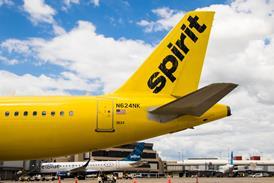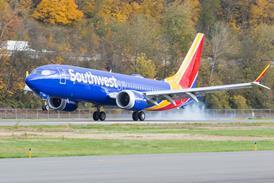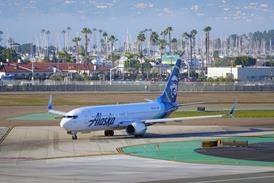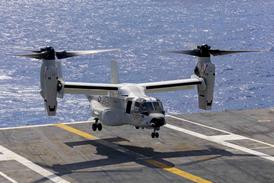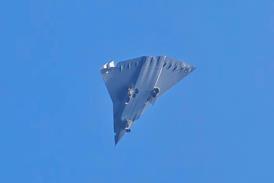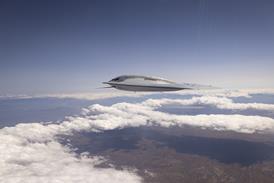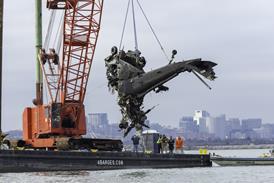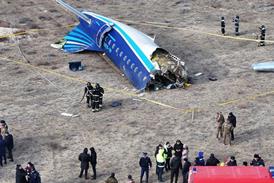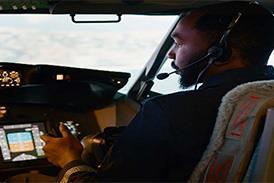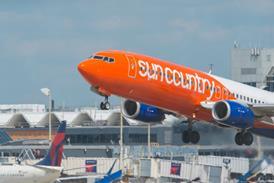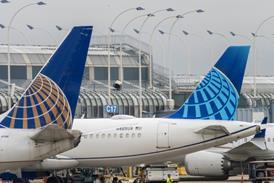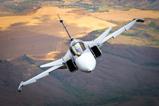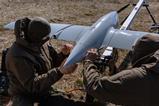The UK Ministry of Defence (MoD) has outlined a requirement to replace the Royal Navy’s (RN’s) embarked airborne early warning (AEW) capability from as soon as early next decade.
A request for information (RFI) linked to the future project was issued on 9 April, with the MoD noting: “The objective is to understand the capacity and capability of the industrial base to support this capability requirement.
“The implementation options in the RFI are not prescribed, so we are interested in views from all interested parties on the best possible solution,” it says. Responses to an online questionnaire are due to be received by 6 May.
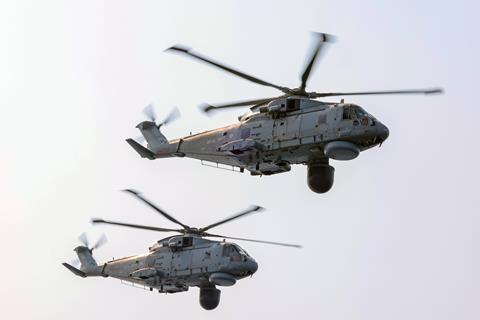
The MoD notes that the RN’s current Leonardo Helicopters AW101 Merlin-based Crowsnest system provides its aircraft carrier strike groups “with sufficient warning of air and surface threats to allow for effective counter-threat action”.
Introduced via a project worth around £500 million ($660 million), Crowsnest combined already-fielded Merlins with Thales UK-produced Searchwater radars and Cerberus mission systems which had previously been used by the predecessor Westland Sea King ASaC7.
“Pricing and timelines will be refined through market engagement,” the MoD says, while outlining a potential programme cost ranging between £500 million and £1.5 billion.
The RFI outline cites “a contract start date of between May 2026 and May 2027, with an introduction into service of 2030-2035 estimated”. The MoD has previously detailed a 2029 end of service target for Crowsnest.
Prior to its selection of the current solution, the MoD had also been offered a new design by Lockheed Martin UK which would have installed a pair of Elta Systems-developed active electronically scanned array radars on the AW101.


